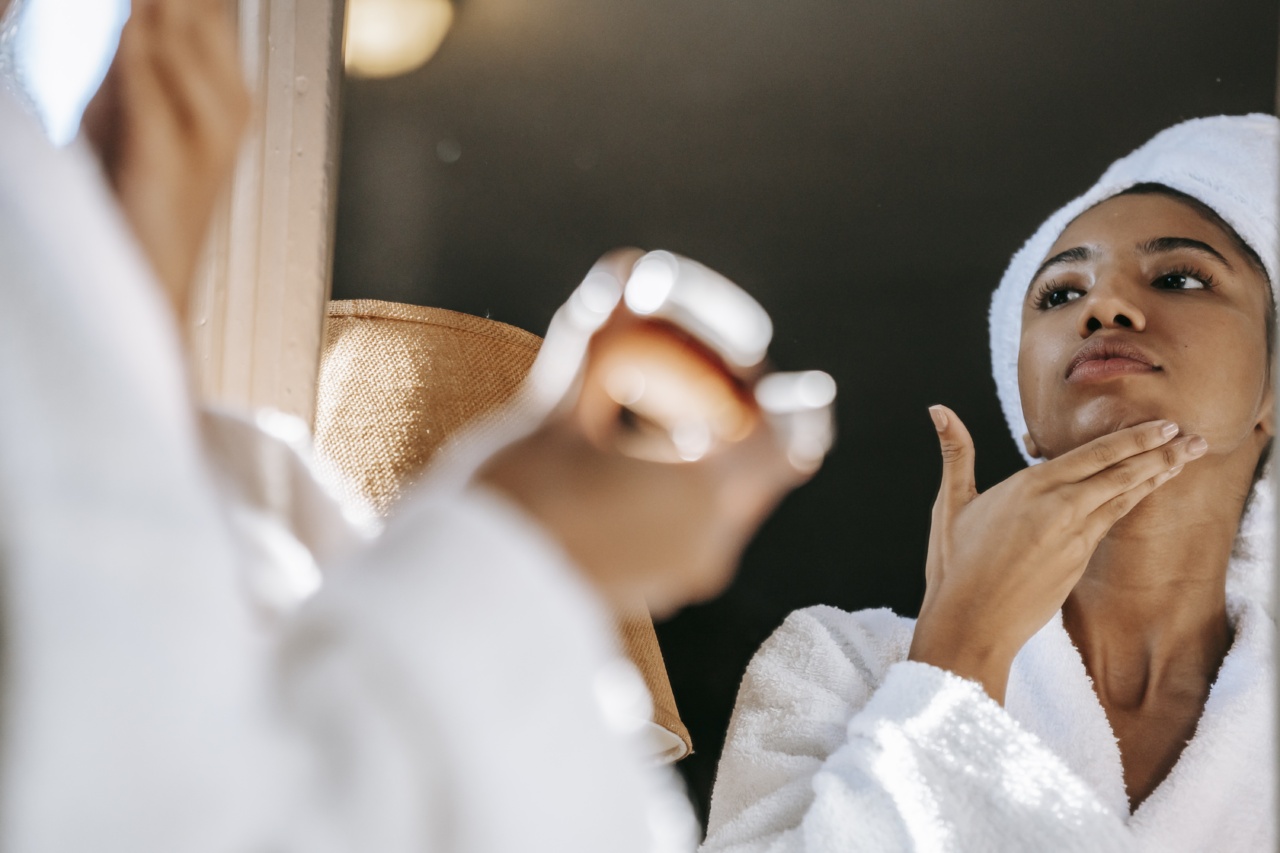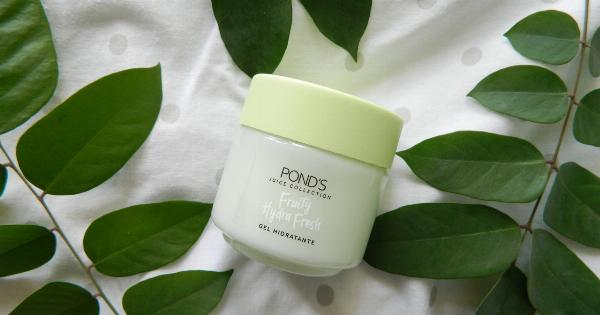Having a proper facial cleansing routine is essential for maintaining healthy and radiant skin. However, even with the best intentions, many people unknowingly make mistakes that can harm their skin or prevent it from looking its best.
In this article, we will discuss some common missteps in facial cleansing and how to avoid them.
1. Using the Wrong Cleanser
One of the most crucial aspects of an effective facial cleansing routine is using the right cleanser. Using the wrong cleanser for your skin type can lead to various issues like dryness, irritation, or increased oiliness.
It is essential to understand your skin type (dry, oily, combination, or sensitive) and choose a cleanser that is specifically formulated for your needs.
2. Overcleansing
While cleansing is important, overcleansing can strip away the natural oils and moisture from your skin. This can lead to dryness and even cause your skin to produce more oil to compensate for the loss, resulting in increased oiliness.
It is recommended to cleanse your face twice a day, once in the morning and once at night, to maintain a healthy balance.
3. Using Hot Water
Many people make the mistake of using hot water to wash their face, thinking it will help open up their pores and cleanse more effectively. However, hot water can actually strip away the natural oils and cause redness and irritation.
It is best to use lukewarm water to cleanse your face gently.
4. Ignoring Exfoliation
Exfoliation is a crucial step in a facial cleansing routine as it helps remove dead skin cells and unclog pores, allowing your skin to breathe and absorb products better. Ignoring exfoliation can lead to dull and congested skin.
However, it’s important not to overdo it as excessive exfoliation can cause irritation. Aim to exfoliate 1-2 times a week, depending on your skin type and the product you are using.
5. Not Removing Makeup Properly
Leaving makeup residue on your skin can block your pores and lead to breakouts and dullness. Many people make the mistake of only using a cleanser to remove makeup, which might not effectively eliminate all traces.
Incorporating a makeup remover or a double cleansing method can ensure a thorough removal of makeup, followed by a cleanser to clean the skin.
6. Rubbing the Skin Too Hard
When washing your face, be gentle! Rubbing the skin too hard can cause irritation, redness, and even micro-tears, which can lead to long-term damage.
Instead, use gentle circular motions with your fingertips to cleanse and massage the skin, promoting better blood circulation.
7. Neglecting the Neck and Jawline
While it’s easy to focus on cleansing the face, the neck and jawline area are often neglected. This can result in an uneven complexion and the formation of fine lines and wrinkles.
Extend your cleanser and skincare routine to your neck, ensuring comprehensive care for a more youthful and even-toned appearance.
8. Not Patting the Skin Dry
After washing your face, resist the temptation to rub your skin dry with a towel. Rubbing can cause friction and irritation. Instead, gently pat your face dry with a clean towel or let it air dry to minimize potential damage.
9. Skipping Toner
Toner is an often overlooked step in a facial cleansing routine, but it plays a crucial role in rebalancing the skin’s pH level, removing any remaining impurities, and prepping the skin for better product absorption.
Incorporating a toner suitable for your skin type can make a noticeable difference in your overall skincare results.
10. Not Moisturizing Properly
After cleansing, it is vital to replenish moisture and nourish your skin with a suitable moisturizer. Skipping moisturizer or using one that is not suitable for your skin type can result in dryness, flakiness, or excessive oiliness.
Choose a moisturizer that addresses your specific skin concerns and apply it while your skin is still slightly damp for optimal absorption.




























